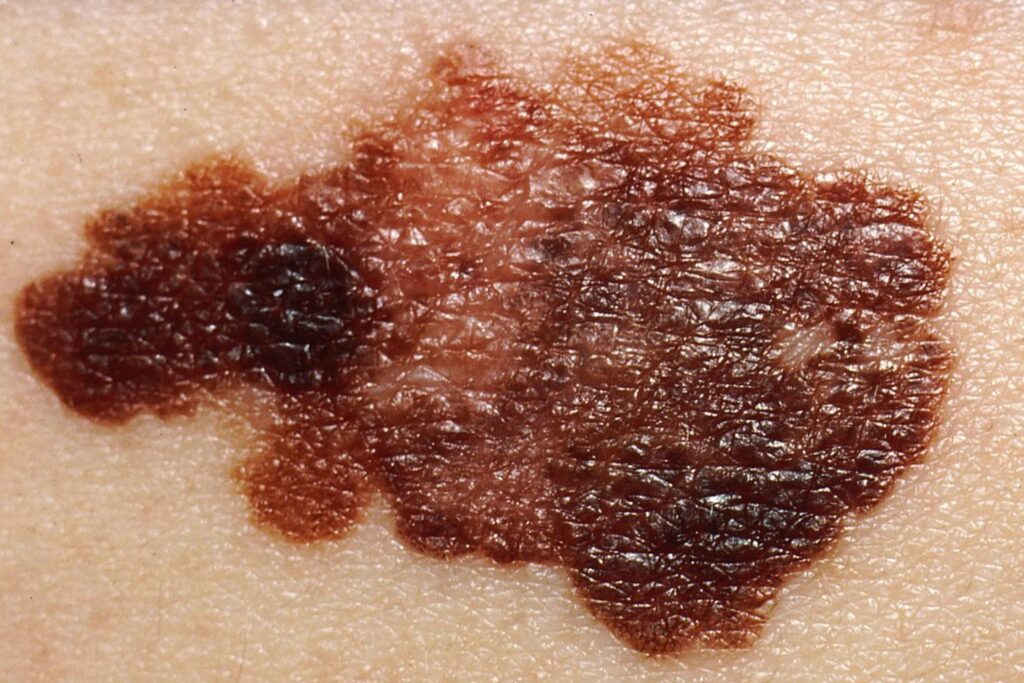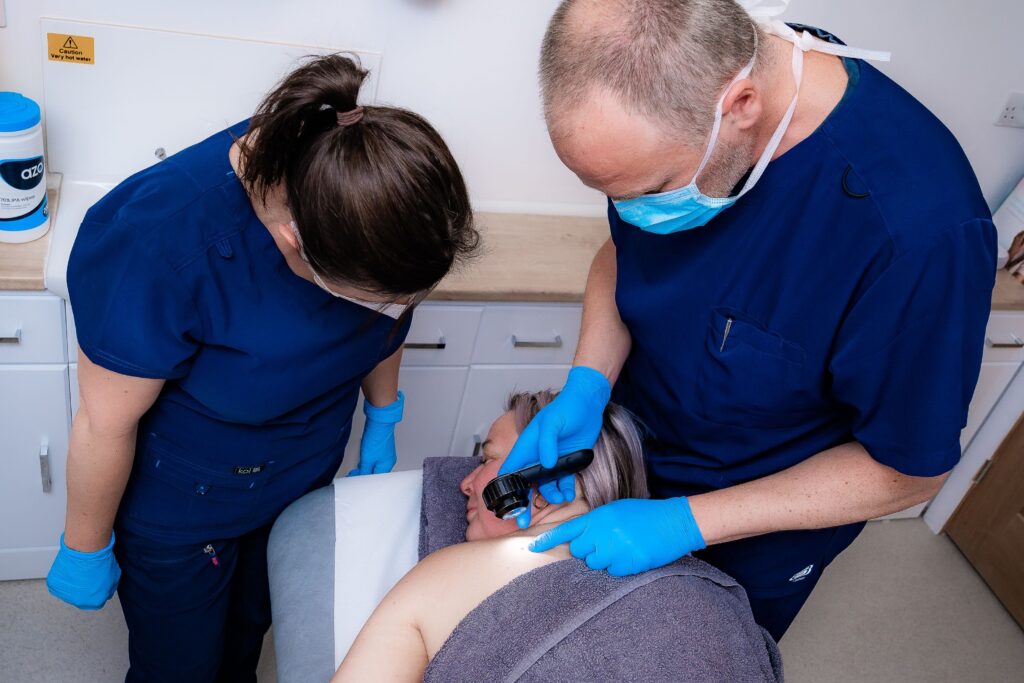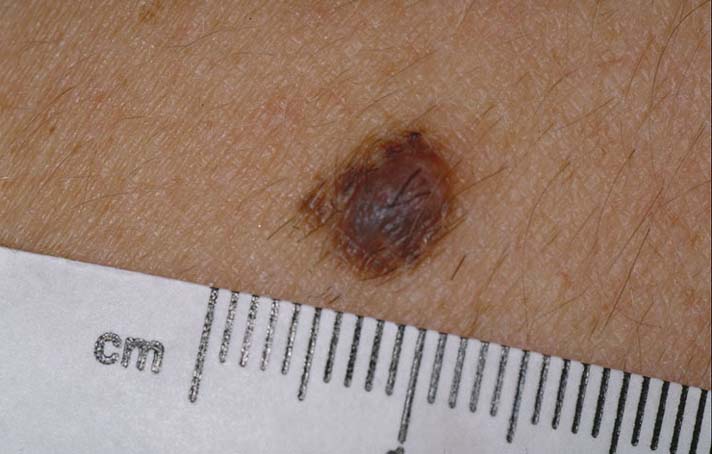Regular self-examinations of your skin are crucial for early detection of skin cancer. This comprehensive guide provides a step-by-step approach to conducting a thorough mole check. Spotting unusual changes early and consulting with our expert dermatologists can be life-saving. If you encounter any concerning signs, don’t hesitate to book an appointment with us for a detailed examination.
What You’ll Need for Your Mole Check:
Before you start, ensure you have:
-
A well-lit room
-
A full-length and hand mirror
-
A chair
-
A comb or hairdryer (for scalp examination)
-
A tape measure or small coin (for scale reference in photos)
-
A camera, smartphone or notebook

Key Signs to Look For:
Be vigilant for these warning signs:
Bleeding or Crusting
Look for moles or skin lesions that bleed, ooze, or develop a crust.
Tenderness
Any mole that is painful to touch or feels sore.
Non-healing Sores
Any sore or ulcerated area that doesn’t heal within two weeks.
Irregular Borders
Moles or sores with uneven, notched, or blurred edges.

Your Mole Check Step-by-Step:
- Full Exposure: Remove all clothing for a clear view of your skin. Begin by examining the front, back, and sides of your legs.
- Detailed Examination: Inspect for new spots and changes in existing moles. Pay attention to your hands, including between fingers and under fingernails.
- Foot Focus: While seated, check your feet thoroughly, including the soles and spaces between the toes.
- Scalp and Back: Use a hand mirror and a comb or hairdryer to inspect your scalp. Then, use the mirror to examine your back.
- Comprehensive Coverage: Finally, inspect your front, including the chest, stomach, neck, and underarms. Arms and shoulders are especially crucial due to sun exposure.

Recording Your Findings:
Maintain a record of your skin checks. This can be done through:
- Photographs: Take both close-up and distant shots of any moles, with a tape measure or coin for scale.
- A dedicated notebook: Note any changes in size, colour, or shape of moles.
Remember:
Early detection is key in the fight against skin cancer. Regular self-examinations, ideally carried out monthly, combined with annual professional checks, can make a significant difference in skin health management.
Download our FREE at-home mole check guide here.
Or
Click here to schedule your professional mole check with one of our doctors.

…Learn More About Melanoma
To deepen your understanding of melanoma and its signs, we invite you to read Part 2 of our blog series. This dedicated blog provides detailed insights into identifying melanoma, a key aspect of skin cancer prevention and early detection. Click here to learn more about the signs of melanoma.

